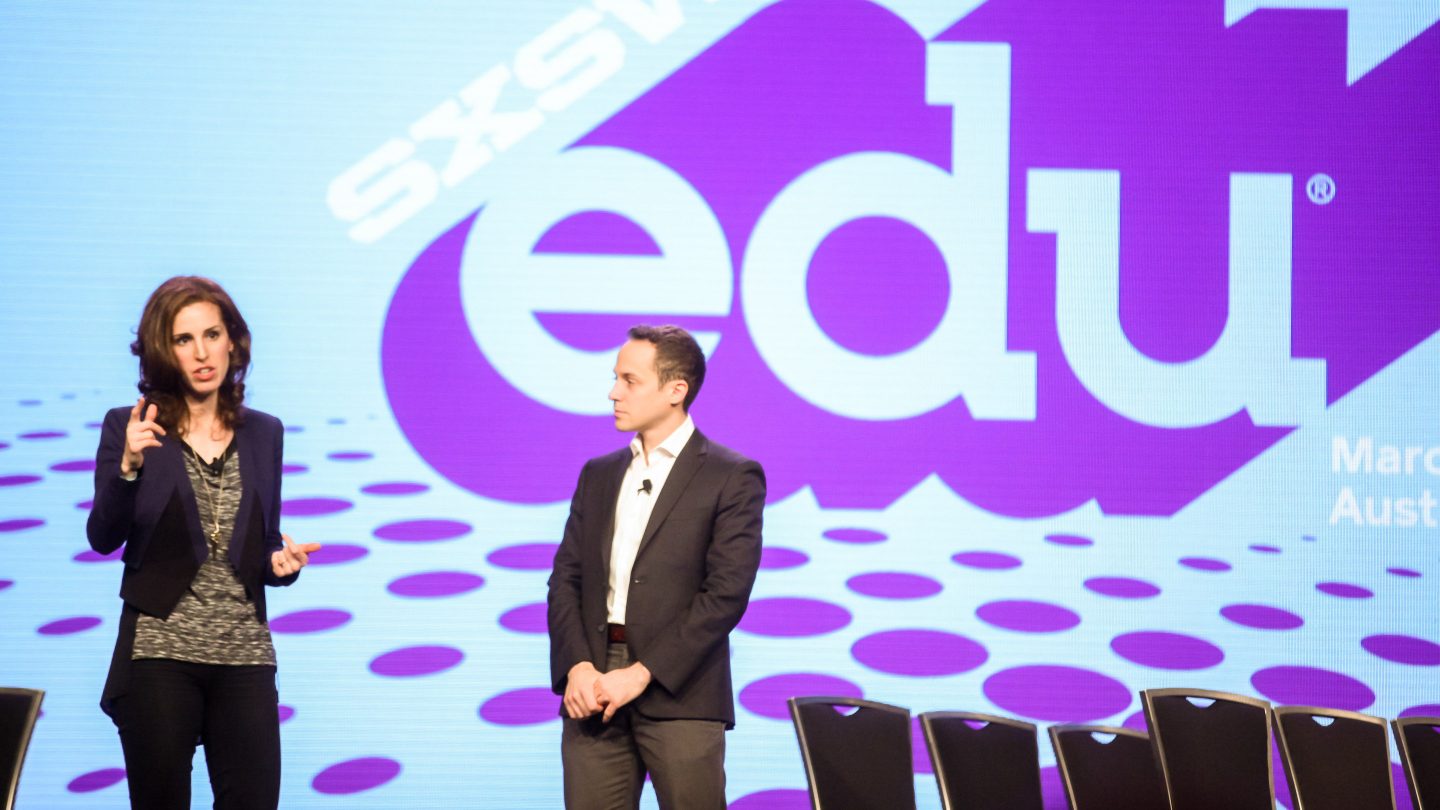SXSW EDU: Offering Insight in the Complexity

Leading in education is challenging. Our schools and students face many complexities. Often, education leaders are like Sisyphus, rolling the rock to the top of the mountain only to find out the rock rolled down again. In the changing complexity, it is difficult to know on what goals to focus. Good leaders know to identify the linchpins, what is essential, and then focus on strategies and tactics to tackle these goals. We want to do best for our students.
Where are we aiming?
Since the first year of SXSW EDU, it was apparent that this was not just an edtech conference. Attending the conference every year has provided guidance on focusing on some of the essential work that schools need to tackle right now. Through the robust discourse of this conference and the people it brings together, three main targets emerge regarding where we need to set our sights: recruiting and retaining great teachers, achieving equity of opportunity for students, and modernizing classrooms.
Recruiting and Retaining Great Teachers
Research shows that the factor with the biggest impact on student achievement is the teacher in front of them. Recruiting and retaining the best teachers should be of utmost importance, but often is lost. With 8% of teachers leaving every year, as a nation we currently are facing a teacher shortage.
Not only do teacher salaries need to be addressed, but also teacher autonomy and increase of teacher input in policy. Elizabeth Green and David Epstein’s SXSW EDU debate Great Instructors: Are they born or are they built? is a good representation of supporting teachers and thinking deeply about the craft of teaching. This debate planted a strong seed in me, as to why it is equally important to find teachers who have the cognitive skills and a high level of conscientiousness.
Equity
If you visit a rural school, a suburban school, and an urban school, equality is not a word you would use to describe your experience. Even at a low-resolution view, you will see resources and opportunities are not equal. (Recently, my daughter, from a rural school, went to an event at a suburban school and commented, “This makes my school looks like it sucks.”) At a higher resolution, you will see that inequality in schools are providing different education based on race, gender, and socioeconomic status.
Christopher Edmin’s keynote last year has tormented me since I first heard it. (I have listened to it multiple times since.) He calls for us to recognize our maladjustment in giving students the curriculum we think they need as opposed to the curriculum they need. He points out that we have felt the need to extract the culture out of students of color in order to educate them. Later, that sentiment echoed for me when listening to Malcolm Gladwell’s podcast, Miss Buchanan’s Period of Adjustment. Gladwell shares that, when we desegregated schools, we did not desegregate teachers. Many black teachers lost their jobs and with it black students bore the cost. As educators, we collectively have focused on the wrong target, the target of equity of outcomes for students. But not all students need or even desire the same outcome.
We need to focus on the equity of opportunity rather than equity of outcomes.
Modernity of Classrooms
Classrooms have long exceeded being a physical space. Good classrooms are characterized by access to resources and where learning experiences take place. The argument of schools moving to modern classrooms is really over. Literacy is more complex and the world our students face is filled with technology.
Good education should be a smart balance between tradition and innovation. There is much eagerness to jump into using technology in various ways, and it was at SXSW EDU I became aware of Audrey Watters, the gadfly we needed for edtech. Watters implores us to place humanity first, shining a light on political and corporate agendas while reminding us of the real history of education.
These important targets have points of intersection, for example, providing equity for students by diversely recruiting teachers, especially minorities and males.
Think there are more important targets on which to focus? That is one of the good parts of SXSW EDU--come and we can talk about it.
Photo by Mengwen Cao.
Guest post courtesy of
 Yancy Unger
Yancy Unger
Vice President of Network Membership, Modern Teacher
As the Vice President of Network Membership at Modern Teacher I support districts as they transition from traditional classrooms to modern learning environment at scale. Modern Teacher is effectively bridging the gap between the traditional classroom of the 20th Century through the Digital Convergence Framework. When not discussing education and change, I enjoy tea, making pies, listening to podcasts, and running.
By Guest
10/11/2017